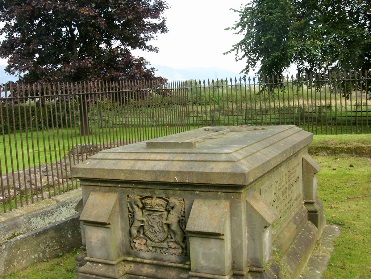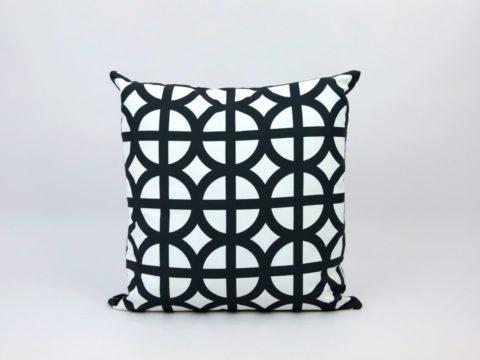James IV: Life Story
A Renaissance Prince
Chapter 2 : Childhood
On 17 th March 1473, Margaret of Denmark, Queen of Scots gave birth, probably at Stirling Castle, to the first of her three children. She had been married for four years to James III and had brought a great deal to her new country. Unable to pay her dowry in cash immediately, her father, Christian I of Denmark, had pledged the Shetland and Orkney Islands. He never found the money, so the islands were ceded to Scotland. Despite the political advantages of the marriage, the couple were not happy.
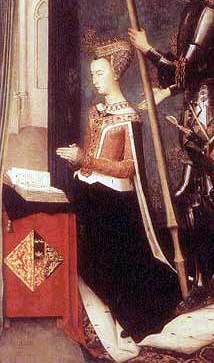
James III was a difficult man – a king from the age of eight, he had survived a long, factious minority, but, on attaining control of his kingdom had proceeded to alienate pretty much everyone in it. Even his brother, Alexander Stewart, Duke of Albany conspired with the English to depose him.
The young couple's first child was a son, named James for his father and grandfather. In fact, so popular was the name James with the king that the second son was given it, too, the third being named John. As the heir to the throne, this first James was given the title of Duke of Rothesay.
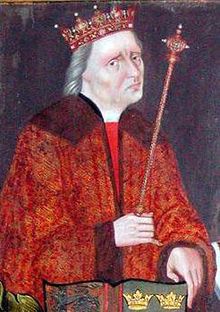
It appears that Margaret of Denmark was not entirely enamoured of the duties of married life, and would only sleep with the King in order to become pregnant.
This reluctance, perhaps borne out of the fact that the wedding had taken place when he was seventeen and she just twelve, together with the fact that the Queen was more popular and capable than her husband (she was described as "having more aptitude than he for ruling the Kingdom") resulted in a less than warm relationship and the couple seem to have spent most of their time apart, with the Queen living at Stirling with her children where, in accordance with Scottish royal practice, she supervised their education and upbringing.
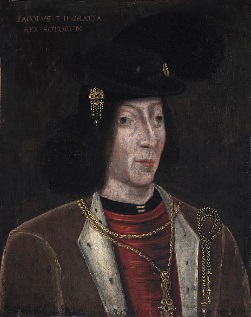
Regardless of the state of their personal relationship, Queen Margaret stood loyally by James III when his brother, Alexander, Duke of Albany, who had escaped to France after being besieged by the King in Dunbar Castle, made an arrangement with Edward IV of England to provide him with support in a bid for the Scottish throne.
The price Albany was prepared to pay was the surrender of Berwick and other disputed border lands to England, and agreement to do homage to the English King.
In 1482, James III marched out to face Albany, who was backed by 20,000 English troops led by Richard, Duke of Gloucester (later Richard III). En route to Lauder in Berwickshire, which he had appointed as the meeting place for the feudal levies, the King was abducted by several of his chief nobles and imprisoned in Edinburgh Castle.
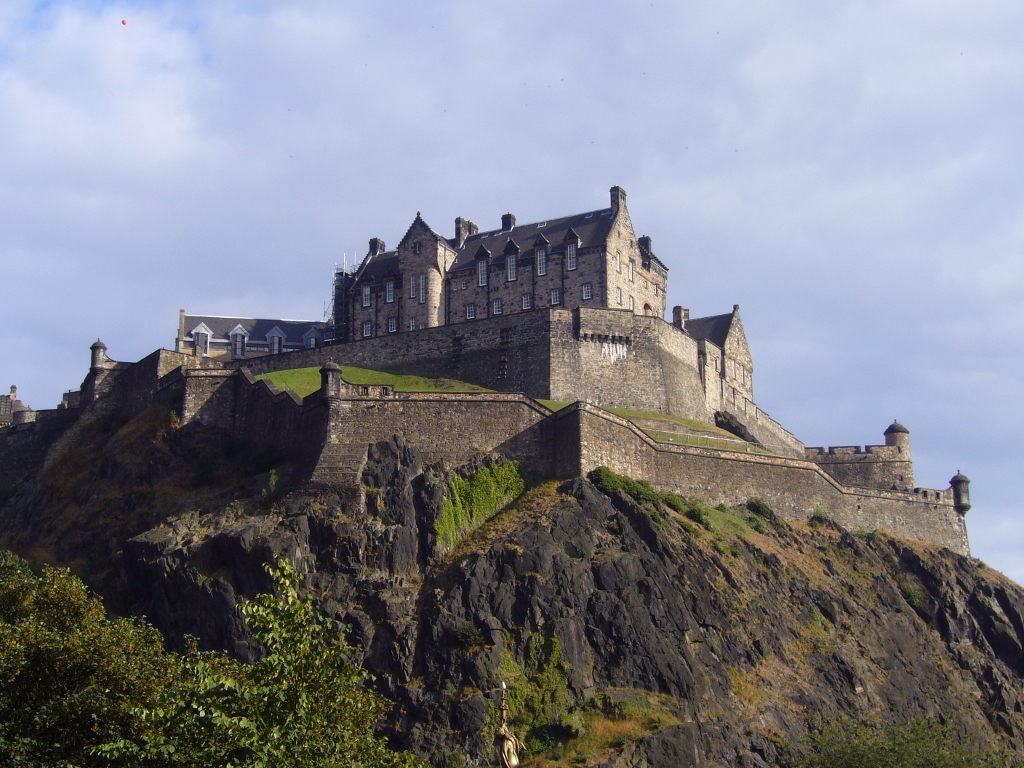
This left his wife to negotiate with Albany. It can be inferred from the holding of James III in Edinburgh Castle, of which she was custodian, that Queen Margaret, if not actively involved in the abduction, was aware of the intention to rein him in. She was not, however, prepared to support his deposition. Queen Margaret and the nine-year-old Prince James, Duke of Rothesay met Albany and negotiated around his desire to at least be nominated as Lieutenant General of the kingdom – effectively Regent.
In due course, James III was released from Edinburgh by the nobles who had captured him, as Albany began to lose support. The majority of other nobles had woken up to the fact that Albany was just as rapacious as the king, and willing to submit Scotland to English overlordship, which James III, although he had pursued a pro-English policy, was not. James III therefore kept his crown, but he became suspicious of the motives of his son despite the fact that Prince James had only been nine years old at the time of the abduction.
James IV
Family Tree
Prince James appears to have had a very close relationship with his mother who wished to inculcate in him the highest standards of princely behaviour. Allegedly, she taught him to wait upon her at the table, and bring her water to wash her hands, even though she had plenty of servants. This was to teach him the right way to command – mindful of his position, but not too proud. Nothing is known of his general education, other than that it must have been thorough and well-delivered, given James' later intellectual interests.
In 1486, Queen Margaret died, aged just 30, allegedly exhorting her thirteen year old son to the highest standards of kingship:
"When you succeed to your father's throne, above all else, love the people as yourself, with justice mercy, generosity and affection…preserve the kingdom in peace and tranquillity…See that justice is not violated by greed…"
The Queen was buried at Cambuskenneth Abbey and Prince James remained at Stirling Castle, continuing his education.
